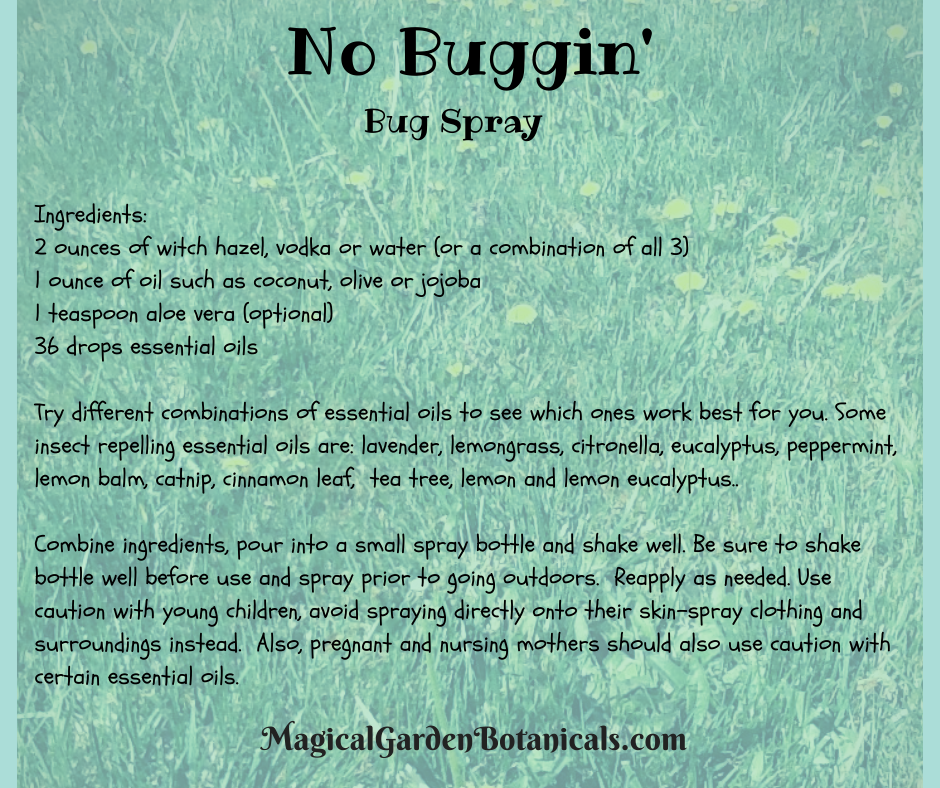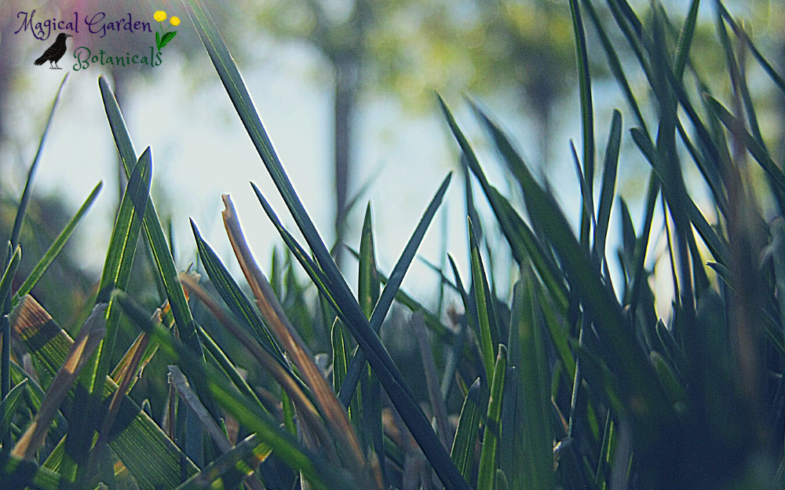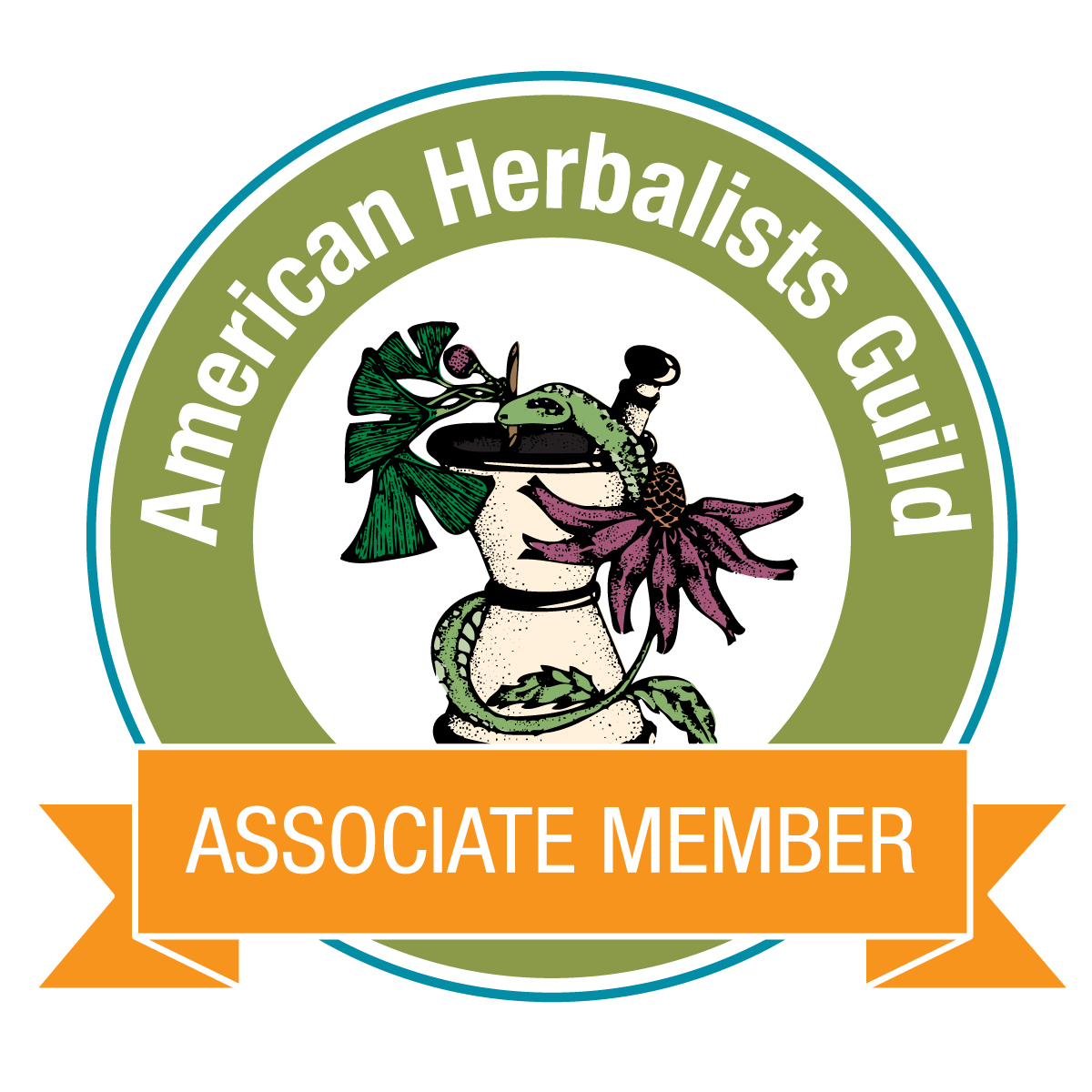Feelin’ Buggy
Sometimes we just need to keep the bugs off….. when you are outdoors on a beautiful summer night or even working in the garden on a sunny day.
It’s likely that your local store offers a variety of insect repellents, and many of them contain DEET. Insect repellents are important at times when you may be exposed to insects that could potentially carry disease or for individuals that are sensitive to bites/stings. I invite you to do your own research on the safety of DEET and perhaps this could be a starting point. When I am researching a product, I will often look up an MSDS (Material Safety Data Sheet) for more in-depth info on a certain ingredient. This usually helps me to make a decision if it is something I would want my family to use. Here is the MSDS on a popular insect repellent labeled as a family product and here is the complete ingredient listing for the same product.
There are safer alternatives!
There are companies that now offer DEET free insect repellents, but take a look at all the ingredients on the list. If you are a “purist” (like me!), you often seek the most natural (and hopefully, organic) products available. Sometimes this means making it myself or purchasing from a company I can trust. I have learned over the years, that cosmetics are not regulated in the same way that foods are. This means that cosmetic companies don’t have to list every ingredient they use! I have also learned that when a certain ingredient becomes public knowledge as being “bad for you” or “a toxic chemical”, many of the companies simply change the name of the ingredient! For example, methylparaben is a paraben. Many people avoid parabens after much attention was brought to the fact that parabens are endocrine disruptors and have the potential to cause ecological damage. However, most people don’t know what Nipagin M is- it’s methylparaben! Read the labels on everything you buy. It may take some more time in the beginning, but once you learn the ingredients you wish to avoid, it gets easier.
Making your own insect repellent is fairly simple and cost-effective. There are many recipes available online, some simple and others fairly complex. I am all about simplicity, so here is how we stay bug-free.
You will need a small spray bottle, water, witch hazel or vodka (or a combination of all 3), a carrier oil, aloe vera, and essential oils. Try different combinations of essential oils to see which ones work best for you. Some insect repelling essential oils are lavender, lemongrass, citronella, eucalyptus, peppermint, lemon balm, catnip, cinnamon leaf, tea tree, lemon, and lemon eucalyptus. Lemon eucalyptus is one of the ingredients that has been registered with the U.S. Environmental Protection Agency (EPA) for use as a repellent when applied to skin and clothing.
Here is the simple recipe I use:
Combine ingredients and shake well. Be sure to shake the bottle well before use and spray prior to going outdoors. Reapply as needed. Use caution with young children, avoid spraying directly onto their skin-spray clothing, and surroundings instead. Keep in mind that even natural and organic substances can still cause sensitivities or reactions in certain individuals. Be sure to test for sensitivities or reactions prior to use. I have found over the years that there are many varying opinions on the uses and safety of essential oils. I encourage everyone to do their own research and formulate their own opinions on what is best for them. Certain oils should be avoided or used with caution with young children. Also pregnant and nursing mothers should also use caution with certain essential oils.
All of the ingredients listed (except the vodka), including the spray bottle, can be purchased through Mountain Rose Herbs. However, if you are less of a DIYer and would rather not have to purchase all the ingredients, there are many natural and effective insect repellents available. Just be sure to read the ingredients list and remember that simple is always best.
Read here for some tips on controlling insects around the home.
And if by chance, the insects do find you first… here are some remedies that may help relieve the sting or itch.
- Make a paste with baking soda and water or witch hazel and apply to the area, leave on for a minimum of 30 minutes or even longer.
- Apple cider vinegar is also effective at calming the sting from an insect bite.
- Lavender oil or tea tree oil, diluted with a carrier oil such as coconut oil, is an effective way to calm the skin.
- Plantain leaves, crushed and made into a compress or chewed and spit directly onto the affected area.
- Use a green tea bag that has been dampened and cooled in the refrigerator to soothe the skin.
- Honey, which is also antibacterial, but only if you are staying indoors as it could attract more insects.
- Aloe Vera is very cooling and offers anti-inflammatory properties.
- Basil leaves will stop a mosquito bite from itching and is also a good repellent.
- Chamomile and calendula are both soothing and healing to irritated skin.
- Peppermint, as an oil or fresh leaves, can help with itching from bug bites.


Daughter of the Earth, Mother of her creations. Ivanna (Evie) doesn’t care for titles, but the ones that fit best are homeschool mom, herbalist, and blogger. Her greatest joy is guiding others to find true wellness within themselves and Mother Earth. When not spending time with her beloved family, she can be found researching everything related to holistic wellness, crafting herbal remedies, or visiting with the plants in the Magical Garden.





Response to "Feelin’ Buggy"
Super LOVE THIS! So simple and easy to make. Thank you for sharing such details of how to make it through these buggy days of summer.. xo
Thank you for stopping by, Mona! <3 I hope you find the recipe useful. It has proved to be effective for us, especially with mosquitoes. 🙂